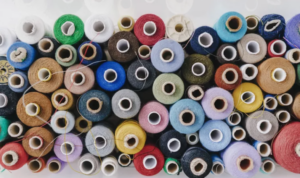Markets Update: Top trends boosting industrial filtration; Global level sensor market worth $5.48B by 2025
Industrial filtration market report forecasts trends through 2021 The top three emerging trends driving the global industrial filtration market are innovations in filtering media, growth in India’s chemical sector and Asia’s growing pharmaceutical sector, according to a new report from Technavio. Technavio’s latest report on the global industrial filtration market provides an analysis of the most important… Continue reading Markets Update: Top trends boosting industrial filtration; Global level sensor market worth $5.48B by 2025












